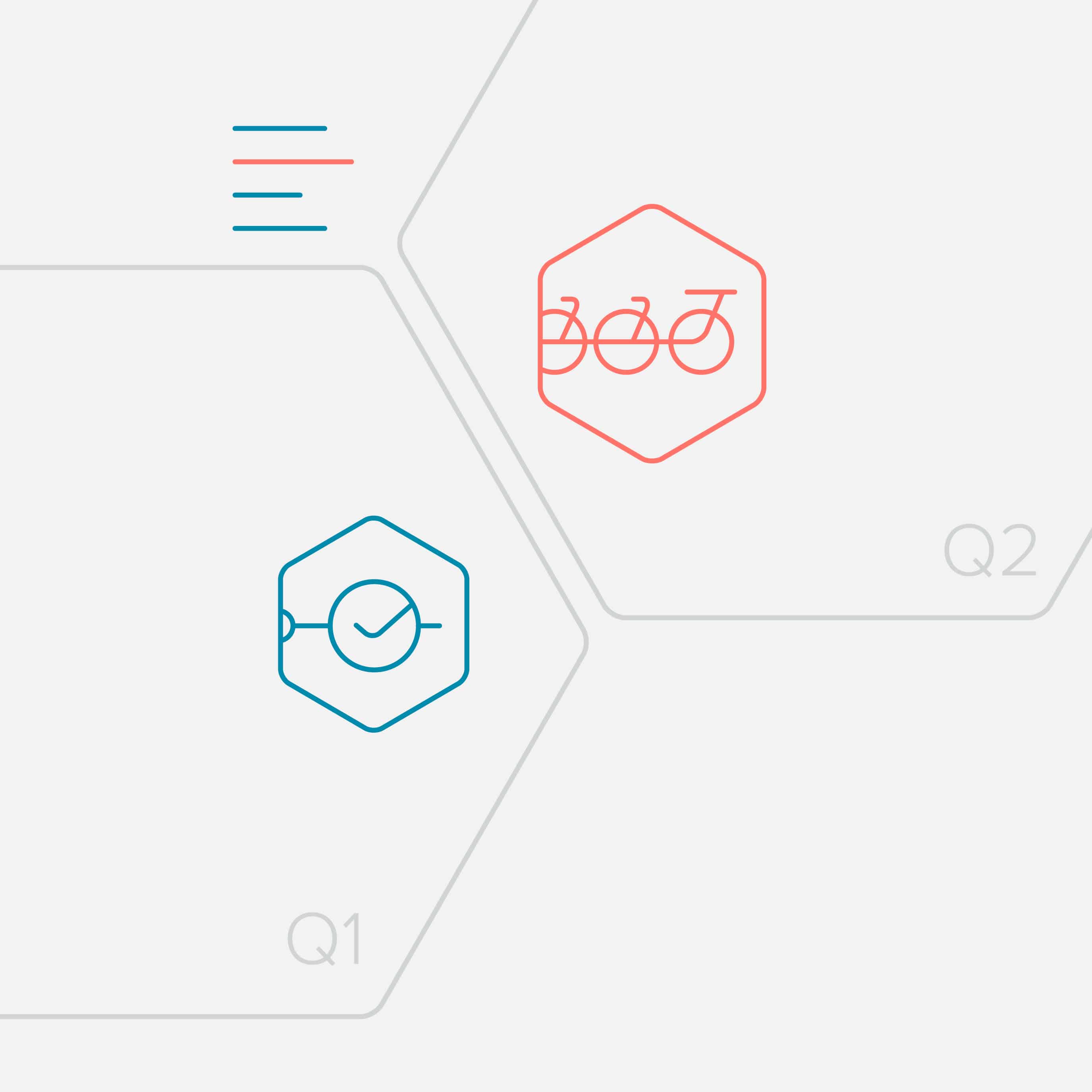You can’t drive results if your workforce isn’t engaged. To foster engagement, employees need to have more than just a transactional relationship with their performance goals: They need to feel their role in achieving the organization’s strategic goals.
When employees feel that their individual goals are aligned with and furthering the company’s priorities, they’re 3.5 times more likely to be engaged in their work. But less than half of employees (44%) strongly agree that they see how their goals align with the larger strategic vision.
So what does it take to give employees the sense of purpose they crave? It’s up to HR to help close the loop between an employee’s daily work and the company’s larger strategic goals. Add goal alignment to your performance management process to help employees develop a clear line of sight from their daily tasks to the company’s greater purpose.
Here’s three steps to implement goal alignment in your organization’s performance management system:
1. Start with a unified strategy from the top
Goal alignment must start with a clear vision from the C-suite. Setting priorities at the top enables managers to write goals that align with the larger strategy. At the highest level, these goals should be bold, aspirational, and measurable.
Goal attainment begins with the highest level of leadership in a company, determining what they need to accomplish in a given period to meet or exceed their plan. It should be a thoughtful process that takes into account what the business has to achieve, and what the measurable outcomes of those goals will be. The focus should be on the “big ticket” items and priorities, not specific tasks that need to be performed.
Convey top organizational goals to everyone in the organization. Bigger goals can be broken down into smaller milestones.
These company milestones define both the work that needs to get done, and the measures that will tell you once you’ve succeeded. Another term for these is OKRs, or objectives and key results. Clearly outline how each objective feeds into the overall corporate strategy and the key results that mark its completion.
Larger objectives will have several milestones to achieve before completion. Several different people might share them across the organization instead of being owned by one person or department. Sharing these priorities from the top to the next layer down, and the next after that drives results by keeping goals aligned across organizational levels.
Work to cultivate an organization where all employees, even at the lowest levels, understand the company’s highest priorities. With that level of goal alignment in place, it’s easier for employees to know how their role fits into the bigger picture, and how they can contribute to the business’s success.
Effective goal alignment supports a greater sense of engagement and purpose across the workforce. Use goal alignment software to provide transparency and focus around your organization’s top strategic priorities. You can enable employees to perform at their best by seeing how completing their objectives drives the business forward.
Goal alignment software also supports better performance management. Employees can see their objectives and how they intersect with their colleagues’ objectives. That level of transparency supports alignment across the workforce by giving employees a clearer understanding of their role within the company.
2. Prioritize goal alignment over cascading goals
Setting the strategy and priorities at the top isn’t where most companies struggle, though. The actual process of taking more significant priorities and turning them into objectives and key results at the individual level gives most companies pause.
The cascade model is most common. You’ve probably heard most HR professionals refer to cascading goals from the top down to individual employees. But organizations with many layers can find this challenging and get very little return for this effort.
In the cascade model, every individual goal must support the goals above it, creating a chain reaction until the largest goals are achieved. But when organizations create a rigid cascade model, it creates a challenge to track, maintain and drive success. It becomes more about tracking metrics than actually generating progress towards meeting organizational priorities.
Additionally, cascading goals doesn’t leave any room for individuals to influence their own goals. Each employee’s goals are determined at the top by breaking down strategic goals into their component parts. While this does support a clear line of sight from the bottom to the top, it doesn’t leave any room for employees to offer innovative ideas to push forward organizational priorities.
Goal alignment is less fixed and more customizable because it focuses on strategic priorities over hard-and-fast goals. Each performance goal still aligns with and drives organizational priorities forward, but employees have more flexibility to find their own purpose within that framework.
Set high-level priorities at the top while allowing leaders to communicate and set goals at the next layer (and the next as appropriate). As long as the goals at each level support organizational priorities, employees will feel aligned with the company’s larger purpose.
Help managers determine how their department’s performance goals should align with and drive those overarching priorities. Managers should learn to use this same process with their direct reports, too. Help managers develop a collaborative approach for writing goals with employees.
Joint goal-setting helps you capture employee excitement to drive their sense of purpose and engagement.
Goal alignment software supports this effort by centering the big picture in employees’ day-to-day routines. By integrating goal alignment with continuous performance management, employees see every day how their individual contributions have a huge impact on achieving the company’s larger priorities.
3. Empower your people to think big
You can’t foster a sense of purpose among employees without tapping into a sense of progress. With a goal alignment model, employees can work towards their own larger, aspirational goals.
When employees feel they are part of something bigger than themselves, they’re more likely to feel engaged and invested.
Encourage employees to make progress towards ambitious goals. Identify existing workforce strengths and match them to opportunities for professional development.
Look at the priorities set at the top and identify aspirational key results for high-performing employees to take ownership over. Reward smart risk-taking and innovation that drive results. Align individual improvements with the business’ overall performance.
There are some business areas where aspirational goals really make sense, such as setting new sales achievement levels or breaking into new markets. When moving your business into uncharted waters, set bold and aspirational goals to excite and engage the workforce.
But not every goal has to be aspirational. Employees need bigger, more engaging goals to work toward, but those should be balanced with more transactional, less aspirational goals to drive basic business results.
When executed thoughtfully, the process of setting, managing and achieving goals has the power to align employees’ individual goals with organizational strategy. Helping employees collaborate with their managers to set strategic goals engages your workforce and drives better long-term business results.







